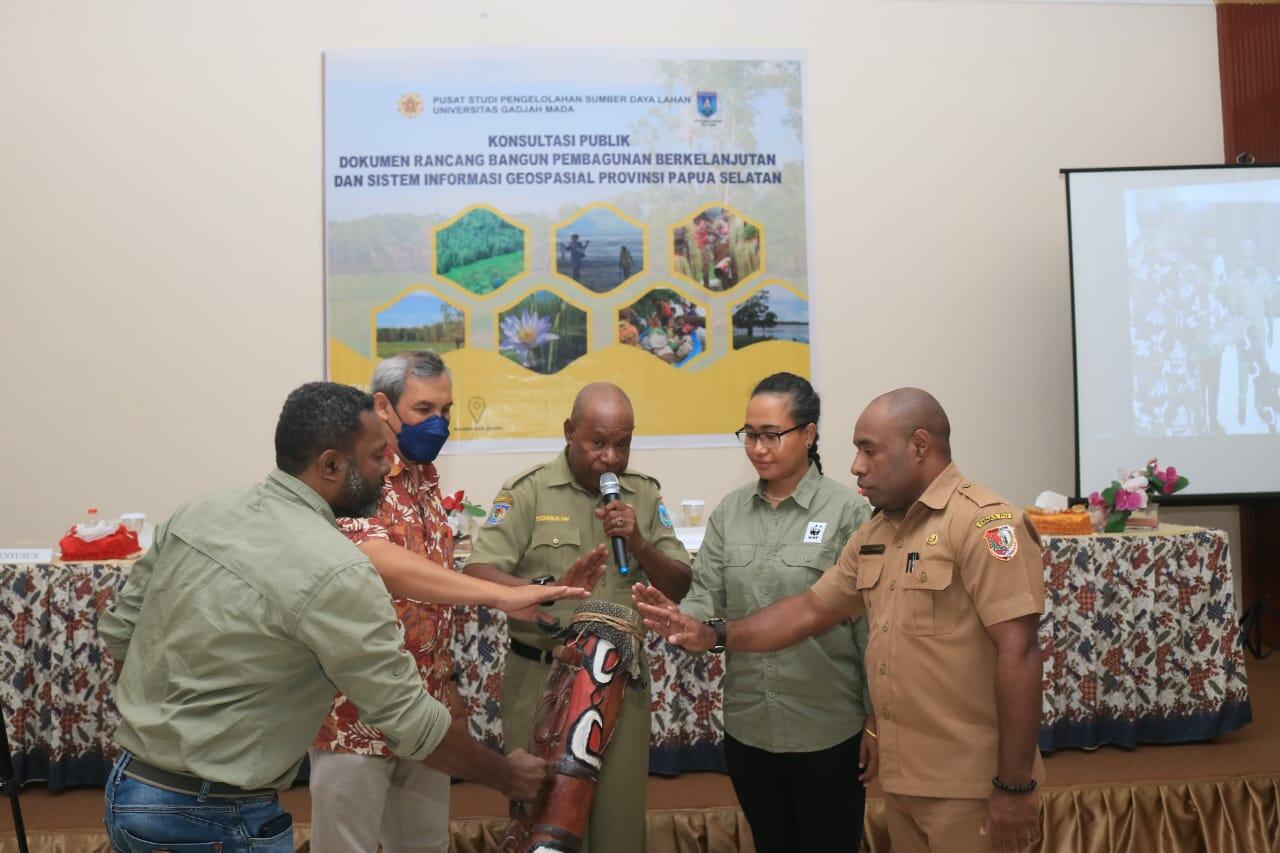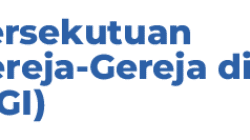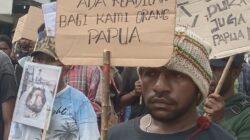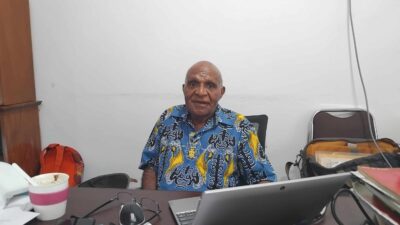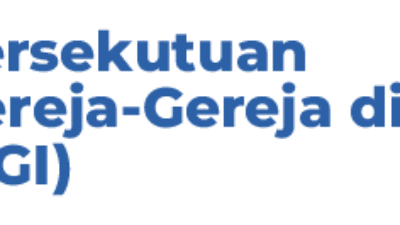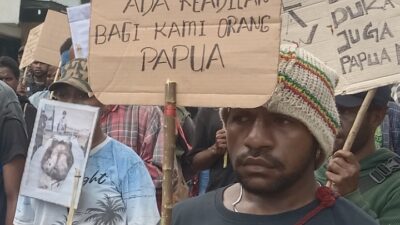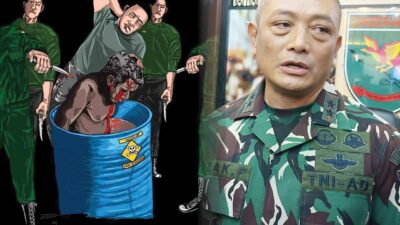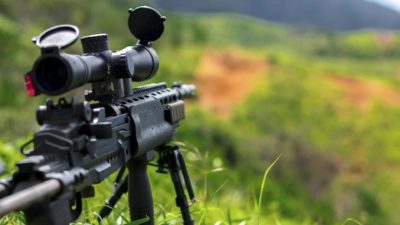Jayapura, Jubi – The South Papua Provincial Government is currently designing a comprehensive study focused on sustainable development within its region. This initiative reflects their commitment to promoting sustainable development.
This study involves the South Papua Development Planning, Research, and Innovation Agency (Bapperida) and in partnership with Gadjah Mada University’s Center for Land Resource Management Studies, Musamus State University in Merauke, Cenderawasih University in Jayapura City, and the WWF Indonesia Foundation.
The study began with a public consultation that engaged representatives from local governments in South Papua Province, as well as members of academia, indigenous peoples’ organizations, non-governmental organizations, and civil society. The primary goal of this consultation was to gather recommendations for future development planning.
Dionisius Way, Assistant III for General Affairs of the South Papua Provincial Government, emphasized the necessity of involving indigenous peoples in the planning process to ensure their interests are incorporated into the execution and oversight of sustainable development projects.
Way further explained that the development planning process will prioritize ecological concerns, the welfare of indigenous communities, and their traditional knowledge. This holistic approach also encompasses considerations for green infrastructure, disaster management, hydrology, local food sovereignty, climate change, and various stages of planning and management.
“Supervision is carried out in a participatory and inclusive manner based on scientific data,” Way emphasized.
Ulmi Listianingsih Wayeni, the head of the South Papua Bapperida, stressed the importance of considering the recommendations presented in the design study in the future development planning of South Papua Province.
Wika Rumbiak, acting head of the Forest Wildlife Program Papua at WWF Indonesia, also commended the collaborative efforts for producing a study that prioritizes ecology, the welfare of indigenous peoples, and biophysics in support of sustainable development.
South Papua emerged as one of the new provinces following the division of Papua Province. The province boasts unique and rare ecosystems. For instance, the Merauke region features diverse ecosystems, including river, mangroves, savannas, and monsoon forests. In the Mappi Regency, the land ecosystem exhibits several types of vegetation, such as swamp forests (both permanent and seasonal), mangroves, savannas, and lowland tropical forest vegetation. Among these, swamp vegetation stands out as the most unique and rare.
Meanwhile, in Boven Digoel Regency, the lowland forest ecosystem is closely tied to the hydrology of rivers like Digoel River, Kao River, Mandobo River, and other small streams. Finally, Asmat Regency comprises mangrove forest ecosystems, rivers, and brackish water swamp ecosystems.


